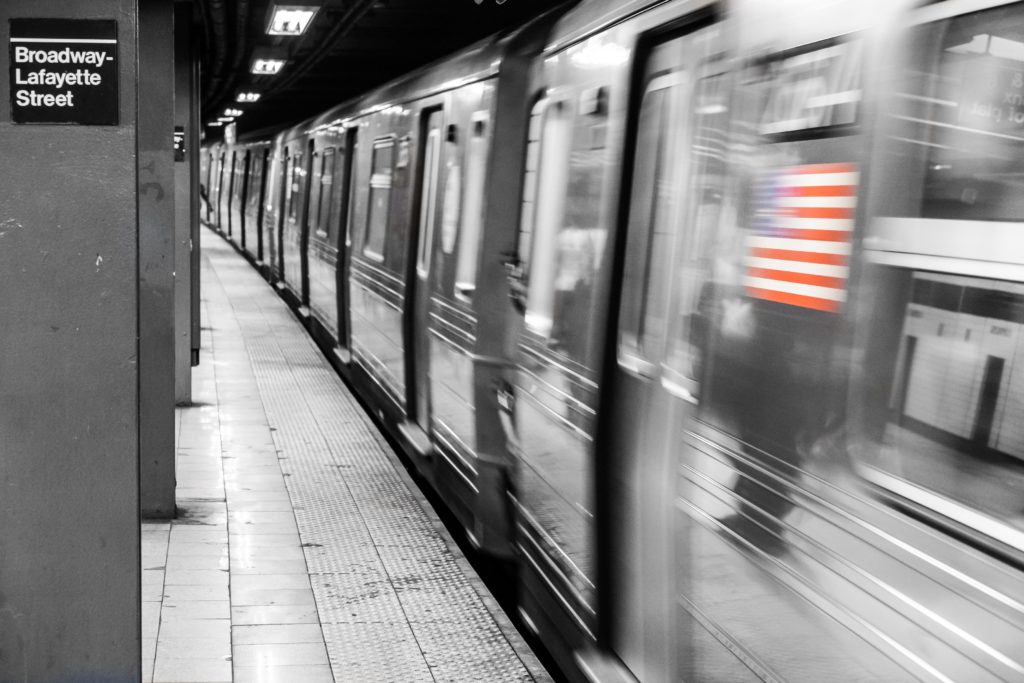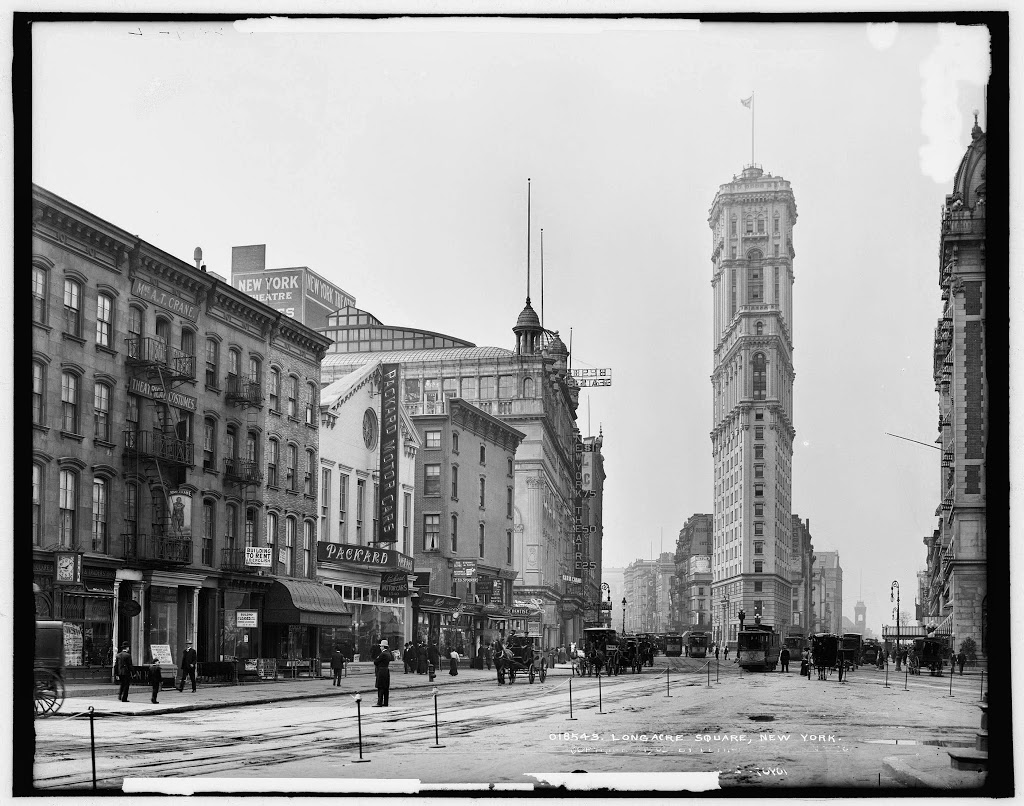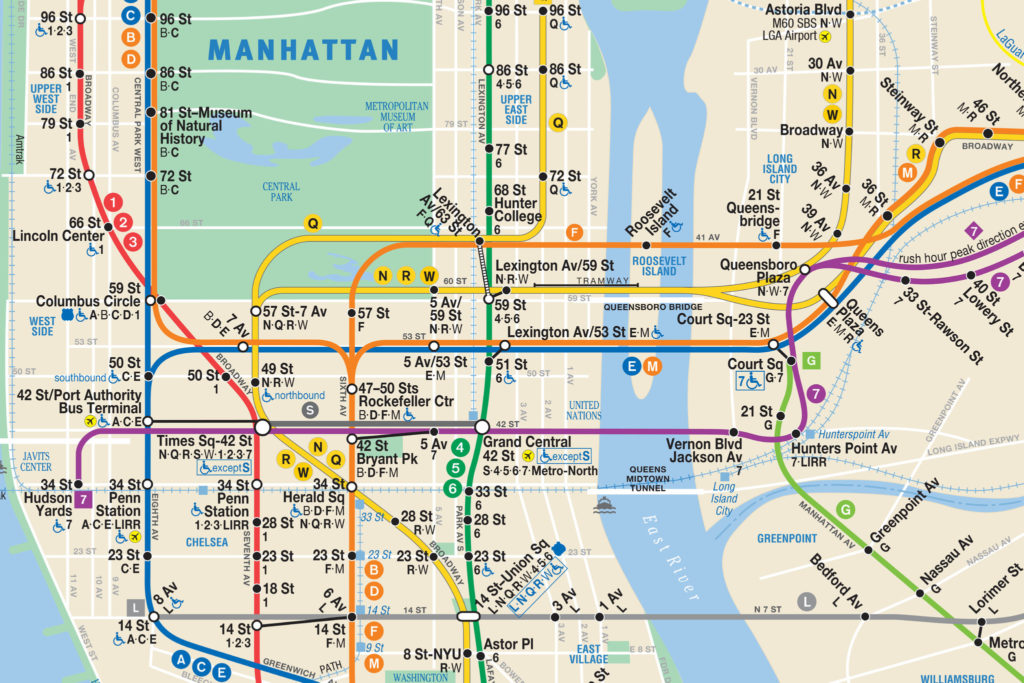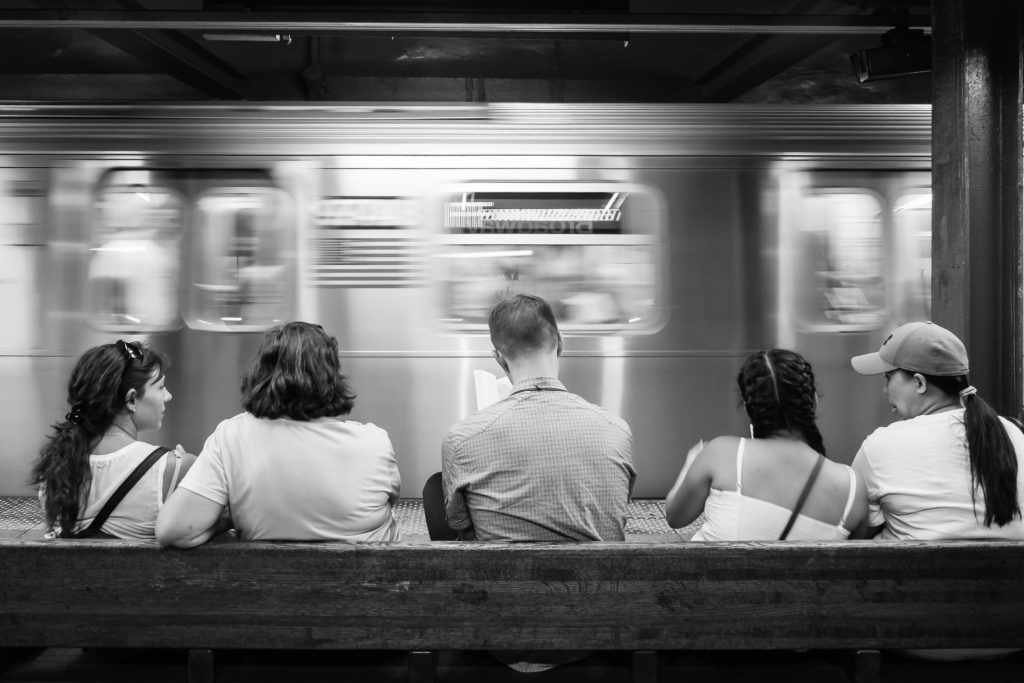
Why is the NYC subway so loud?
If you live in or have visited New York City, you’ve probably used the subway to move around. It’s by far the best way to move around the city.
Regardless of whether you are commuting to work or going to the Opera, the subway is probably the most efficient way to get there. It’s not a matter of money either. A taxi will usually take longer to get you from one point to another within Manhattan, and having your own car can be a total nightmare, not to mention trying to park.
So if the subway is so essential to the daily lives of all its citizens, why is the NYC subway so loud?
Let’s not forget that trains in general are loud, mainly because they have steel wheels running on steel track and because of their particular traction system. But if you feel like the NYC subway is noisier than any other train you’ve seen, you are probably not wrong.
There are a variety of reasons for this:
It’s old!
And by old, I mean well over a century. The NYC subway was built in 1904. It actually started in Brooklyn in 1880, but only got to Manhattan in 1904. Let that sink in for a moment… and if you need help, here is what Time Square looked like back in 1904.

On top of that, the NYC subway is now used by over 5 million people every day (pre-covid numbers). That’s more than the entire NYC population when the system was designed!
A lot of the infrastructure has not been updated almost since the beginning. This means that not only we are riding on infrastructure that’s far from cutting-edge, but it’s also worn out.
It’s hard to maintain and update the NYC subway
The NYC subway is one of the few public transportation systems in the world that runs 24/7. This makes it incredibly difficult to work on, as the tracks are in constant use.
Many major cities close their subway service during the night. Others have 24-hour services on the weekends only. In either case, workers usually have a solid 5-6 hours per night to work on maintenance, repairs, and upgrades.
Sharp turns and curved stations
Because trains have no differential, they are particularly noisy when turning. The sharpest the turn ,the noisier.
Most subway lines in Manhattan run under a particular avenue, if not from beginning to end at least for long stretches. For example:
- The green line runs under Lexington Av through uptown and Park Av below Grand Central.
- The red line runs under 7th Av and then under Broadway through the Upper West side.
- The blue line runs under 7th Av too, and branches out on 53rd to go to Queens.
- And so on.
So there are long straight stretches in every line. But because Manhattan’s grid is so rigid, and even though they run underground subway lines are also affected by it, when a line makes a turn is usually a sharp one.
Take a look at the blue line turning from 7th Av to 53rd Street, or how the different trains on the orange line merge together on 6th Av and 53rd Street. Those turns are set to be as noisy as they come. And things only get worse once you go south of 14th street and the city grid becomes more irregular.

There’s an even more undesirable scenario involving subway trains turning. That is curved stations!
When designing any railway infrastructure curved stations are avoided at all costs. For one, the gaps between the train and the platform become irregular and it’s easier for passengers to miss them and get trapped in between. But they are also the noisiest stations you’ll ever set foot on by far.
Still, sometimes the infrastructure has to grow in unexpected ways, or was simply poorly planned, and you end up with such stations. A great example is the platform for the green line at Union Square, just where the tracks are taking a rather abrupt turn to follow the flow of 4th Av below 14th street. That was actually the closest station to my place for a long time, and I would often walk to 23rd street instead, just to avoid being on that noisy platform.
The express trains
Something else that’s rather unique to the NYC subway system is express trains.
Don’t get me wrong. Express trains are great, and once you’ve mastered them they can help you cover incredibly long distances in very reasonable times. The only reason why so many people can live in a different borough and yet go to work in Manhattan every day is because of the express train.
Yet the express lines create a very unique situation, which is that a train traveling at 55 miles per hour has to pass through a station, where people are standing at the platform waiting for their local train.

A sound measuring device can record up to 96dB on the platform when an express train is passing through that station. That is just bordering the noise level you’ll be exposed to if using a power drill, which most manufacturers advise to use wearing protective hearing gear.
Conclusion
New York City is unique in so many ways. It’s energy, it’s people, it’s history. I’m in love with this city, and I take the subway all the time.
Riding the NY subway is an experience in itself. The things I’ve seen in the NY subway I haven’t seen anywhere else, and that’s part of its charm, I wouldn’t change it.
But the NYC subway is very noisy, there’s no denying that!
But keep in mind being exposed to such levels of noise on a daily basis can cause permanent damage to your hearing. And now that you know a little bit more about the reasons why the NYC subways are so loud, you know this isn’t a problem that’s going to be fixed any time soon.
So it’s up to us NYC commuters to protect ourselves from the excessive noise levels of the city subway. If you enjoy listening to music or a podcast during your commute, wearing overhead headphones can help block some of the noise. If on the other hand, you like reading or simply like to use the ride to think about your things, consider wearing earplugs. This is the NYC subway, it’s not like anyone is going to look at you weirdly if you do!
